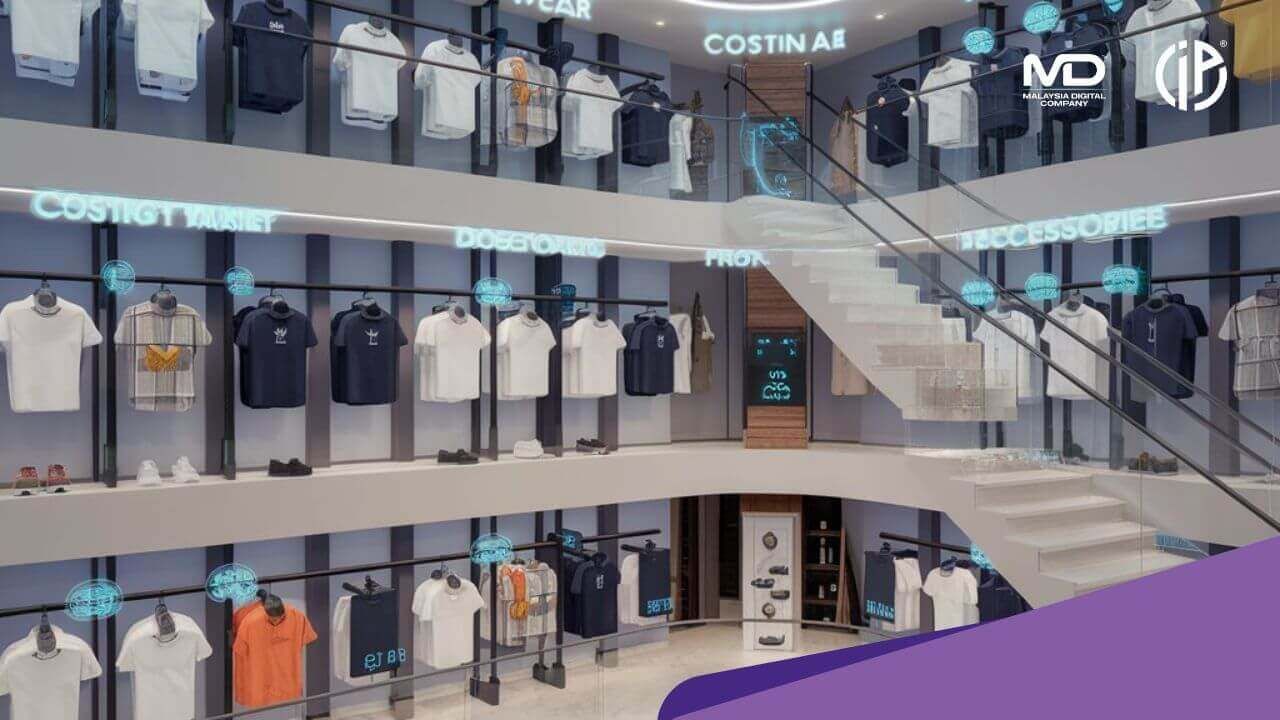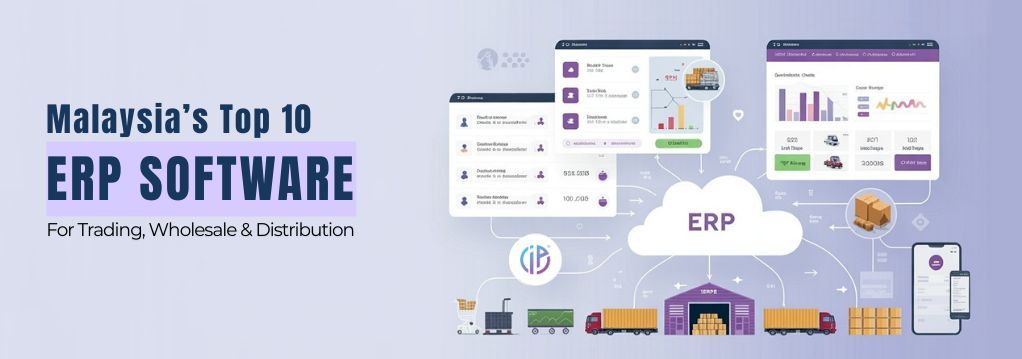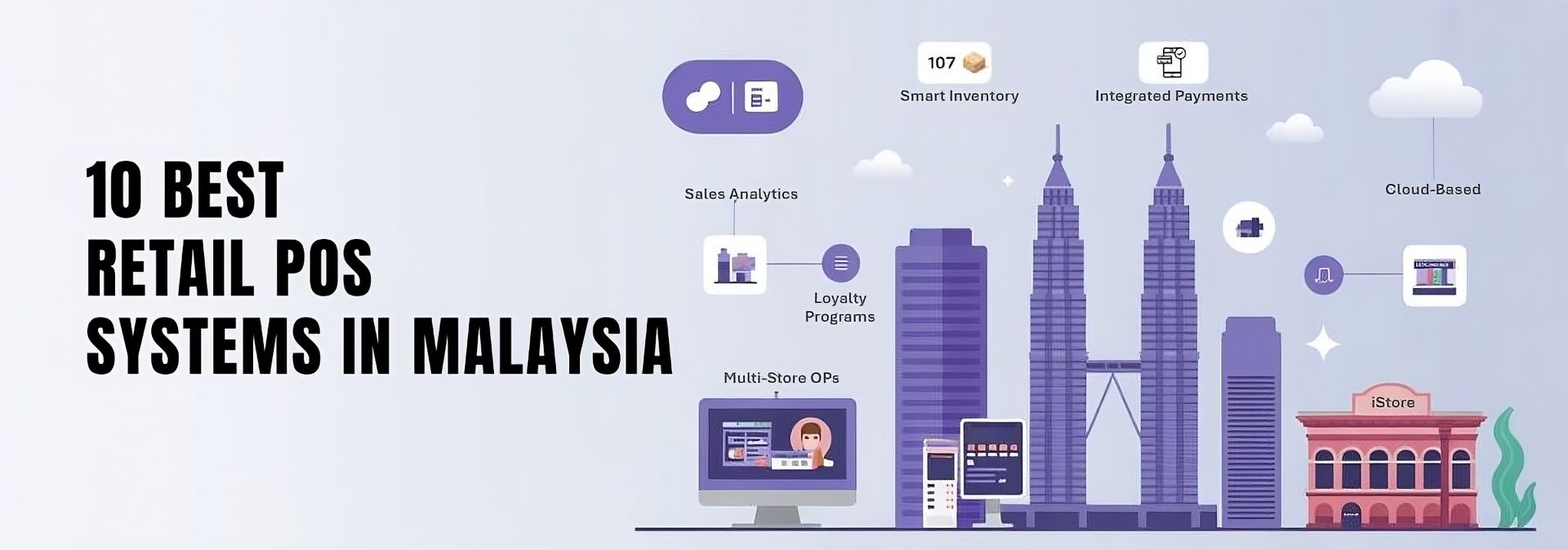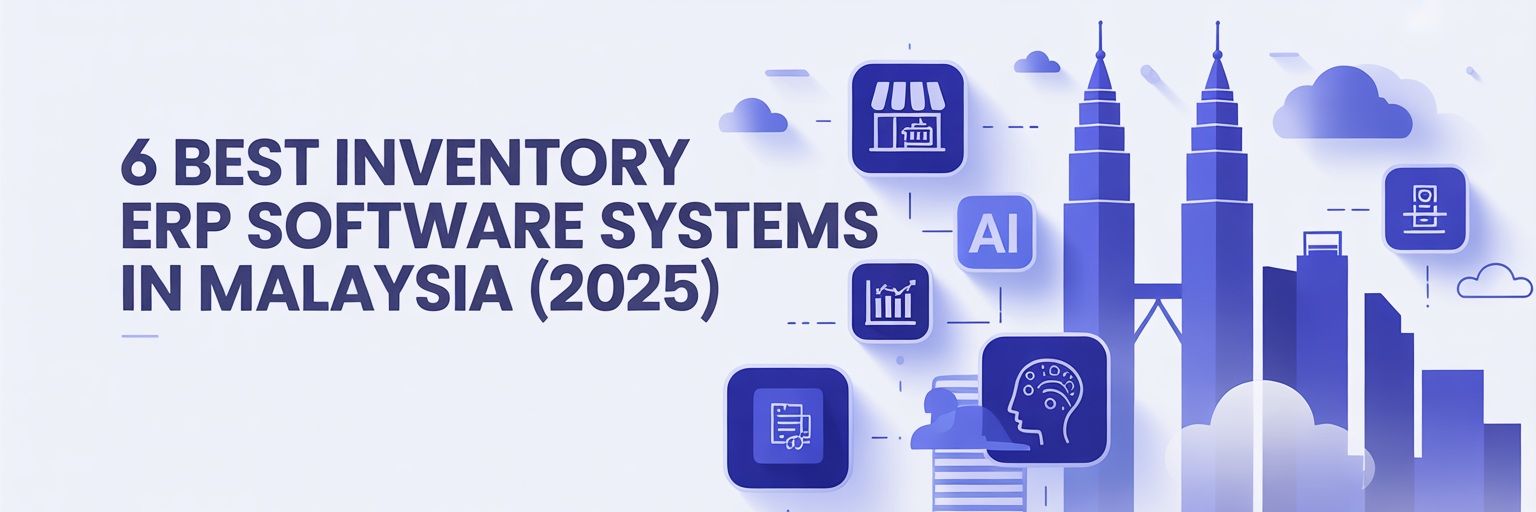Effective inventory management is essential for retailers to stay competitive, especially in the fast-paced fashion and footwear industries.
With the right analysis and forecasting methods, you can make informed decisions to optimize stock levels, increase sales, and reduce costs. Here are 6 key methods that can help footwear retailers, in particular, better manage inventory and forecast demand.
1. ABC Analysis
ABC analysis categorizes products into three groups based on their value and contribution to your revenue.
A products are your high-value items that account for 80% of your sales.
B products contribute moderately to your revenue, and
C products are low-value, slow-moving items.
For footwear retailers, this could mean prioritizing bestsellers like trendy sneakers or limited-edition models while keeping a closer eye on seasonal shoes or slow-moving styles.
This helps you allocate resources and make smarter purchasing decisions.
2. XYZ Analysis
XYZ analysis, also referred to as RSU analysis (Regular, Seasonal, Unsteady), is a powerful inventory management for analyzing demand variability.
For example:
X products with stable demand, like classic white sneakers that sells consistently throughout the year.
Y products with fluctuating demand, such as running shoes that sees a surge in sales during marathon season.
Z products with irregular, hard-to-predict demand, like limited-edition basketball sneakers tied to a player's performance or marketing promotions events.
For a sneaker retailer, classic styles like white sneakers or black running shoes may exhibit consistent demand (X products), while trendy or limited-edition sneakers may experience fluctuations (Y products).
Meanwhile, highly seasonal items, such as winter boots or summer slides, could have more erratic demand (Z products).
Knowing how to categorize your inventory in this way can help you manage stock levels and forecast more accurately.
3. Inventory Turnover Rate
The inventory turnover rate tells you how many times your stock is sold and replaced over a given period. For footwear retailers, a higher turnover rate means you're selling popular shoes quickly, while low turnover could point to unsold inventory that might need discounts or promotions to clear.
Calculating inventory turnover also helps identify the right amount of stock to keep for each product.
Monitoring this rate ensures you're not holding too much stock for slow-selling items while keeping enough of your bestsellers on hand.
4. Demand Forecasting
Demand forecasting helps you predict future inventory needs based on historical data, seasonality, and market trends.
With this method, footwear retailers can anticipate when popular styles, such as boots or sneakers, will have higher demand during certain seasons, allowing for better stock planning.
Using data-driven analytics can improve the accuracy of your forecasts, preventing both stockouts and excess inventory that ties up capital.
5. Gross Margin Return on Investment (GMROI)
This method measures the profitability of your inventory by comparing your gross margin with your average inventory cost.
For footwear retailers, calculating GMROI can help identify which shoe styles or brands are the most profitable and which might not be worth restocking due to low margins.
By focusing on high-GMROI products, you can ensure that you’re not just moving inventory but also making the most out of each sale.
6. Sales Trend Analysis
Tracking sales trends helps you understand what’s selling and when. For a footwear retailer, this could mean identifying the rise of a particular shoe style or color.
Whether it's sneakers in the summer or boots in the winter, tracking sales trends lets you adjust your ordering and stocking strategy in real-time to maximize sales.
Why You Should Invest in a Modern Retail ERP Inventory Management Solution?
A retail business will quickly outgrow outdated systems or spreadsheets to track stock.
A modern retail EPR inventory management solution automates your supply chain and operational processes, increases accuracy, improves the customer experience, reduces costs, and reveals valuable unseen opportunities.
The benefits of investing in a modern retail ERP inventory management system include:
1. Centralized Record of All Products:
Ensure proper record-keeping of product details such as SKU, brand, size, retail price, product category, vendor information, and more.
2. Real-Time, Reliable Inventory Counts:
Know exactly how much stock you have available at any moment at any location.
3. Merchandise Traceability Using Barcodes or RFID:
Easily track inventory with barcodes or RFID technology.
4. Simplified Returns/ Exchange/ Refunds:
Handle returns with ease by having a modern cloud-based point-of-sales system, which is crucial for retailers dealing with exchanges or refunds.
5. Better Forecasting:
Make more accurate inventory predictions using advanced analytics.
6. Performance Measurement with KPIs:
Measure business performance for each process to identify areas for improvement.
7. Insights into Sales Trends:
Identify what products are moving and when, to optimize ordering.
8. Easier Implementation of Promotions and Discounts:
Easily apply multi-layer promotional strategies to boost sales and optimize inventory.
9. Support for Dynamic and Strategic Pricing:
Adjust multi-pricing based on inventory levels and demand.
10. Real-Time Analysis:
Access real-time insights into inventory status and performance, allowing for quick decision-making and better retail operational efficiency.
Wish to discover how a modern omnichannel retail inventory ERP software system can boost efficiency?
Contact
iDCP Systems Today! Or visit our official page www.idcp.my.








